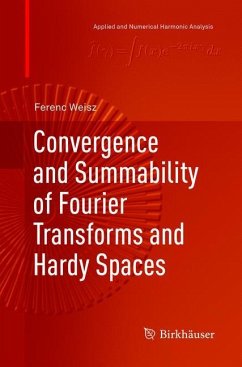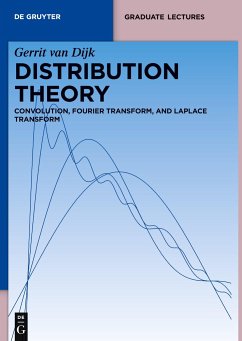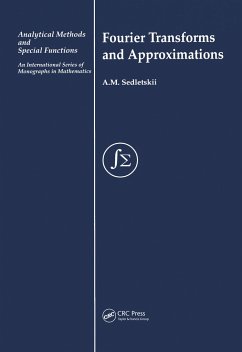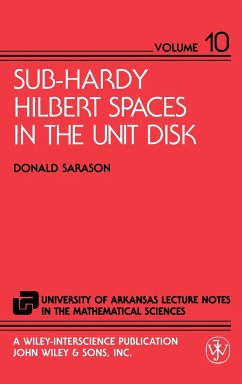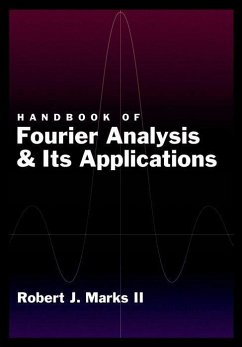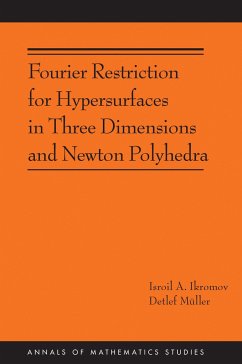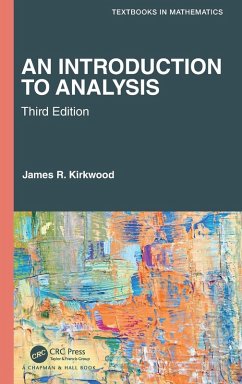
Convergence and Summability of Fourier Transforms and Hardy Spaces
The main purpose is to investigate the convergence and summability both of one-dimensional and multi-dimensional Fourier transforms as well as the theory of Hardy spaces. A general summability method, the so called theta-summation, is studied which contains all well known summability methods, such as the Fejer, Riesz, Weierstrass, Abel, Picard, Bessel and Rogosinski summations. After the classical books of Bary (1964) and Zygmund (1968), this is the first book which considers strong summability treated by current methods. A further novelty of this book is that the Lebesgue points are studied a...
The main purpose is to investigate the convergence and summability both of one-dimensional and multi-dimensional Fourier transforms as well as the theory of Hardy spaces. A general summability method, the so called theta-summation, is studied which contains all well known summability methods, such as the Fejer, Riesz, Weierstrass, Abel, Picard, Bessel and Rogosinski summations. After the classical books of Bary (1964) and Zygmund (1968), this is the first book which considers strong summability treated by current methods. A further novelty of this book is that the Lebesgue points are studied also in the theory of multi-dimensional summability. Besides the classical results, recent results of the last 20-30 years are studied. These results can be found in different research papers the summary of which in a unified context provides the readers a valuable support in their work.The book will be useful for researchers as well as for graduate or postgraduate students. The first two chapters can be used by graduate students and the other ones by PhD students and researchers."




